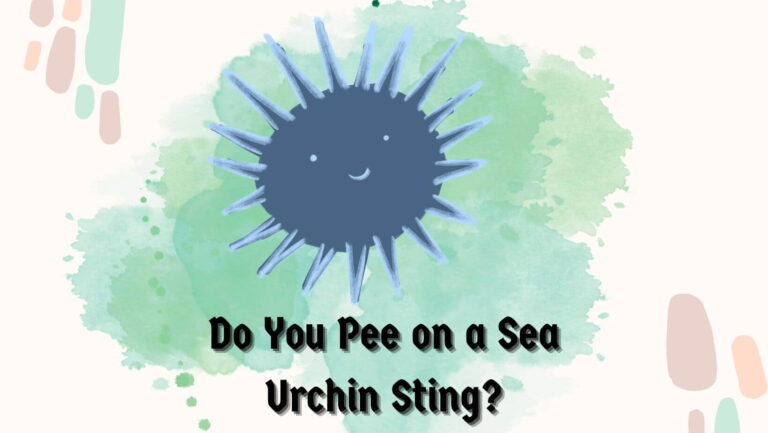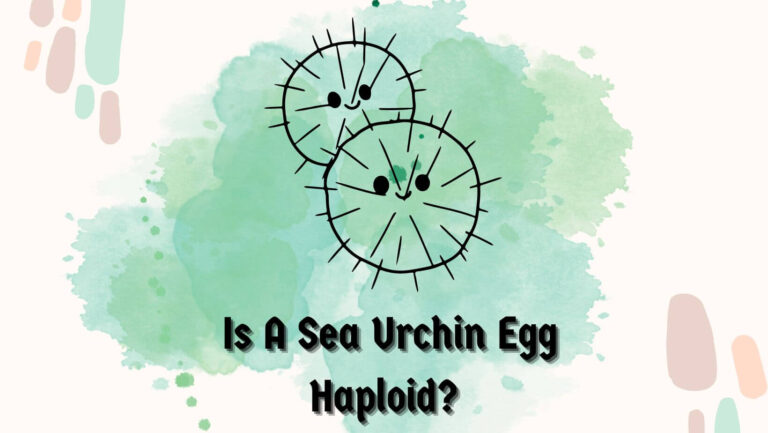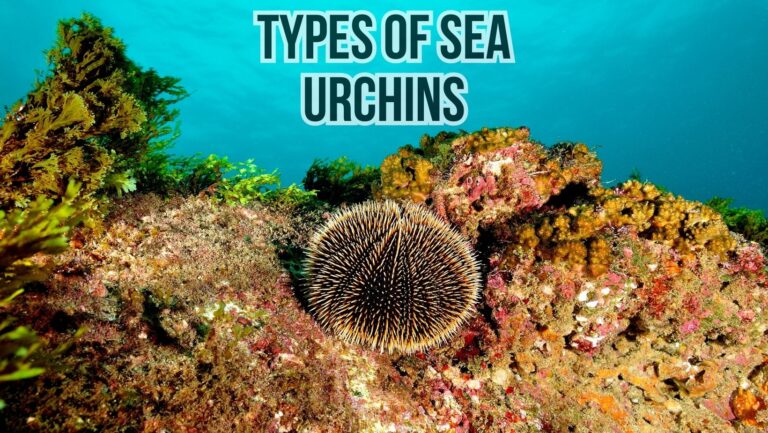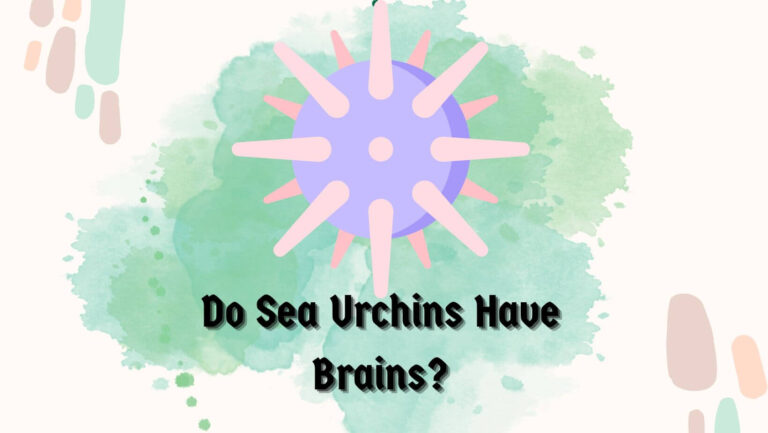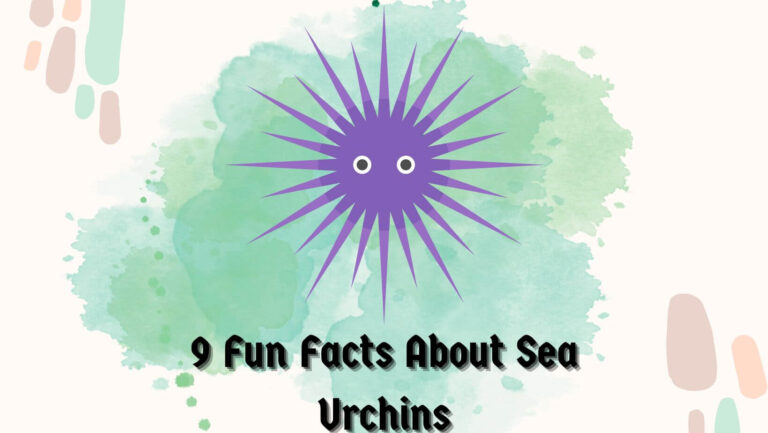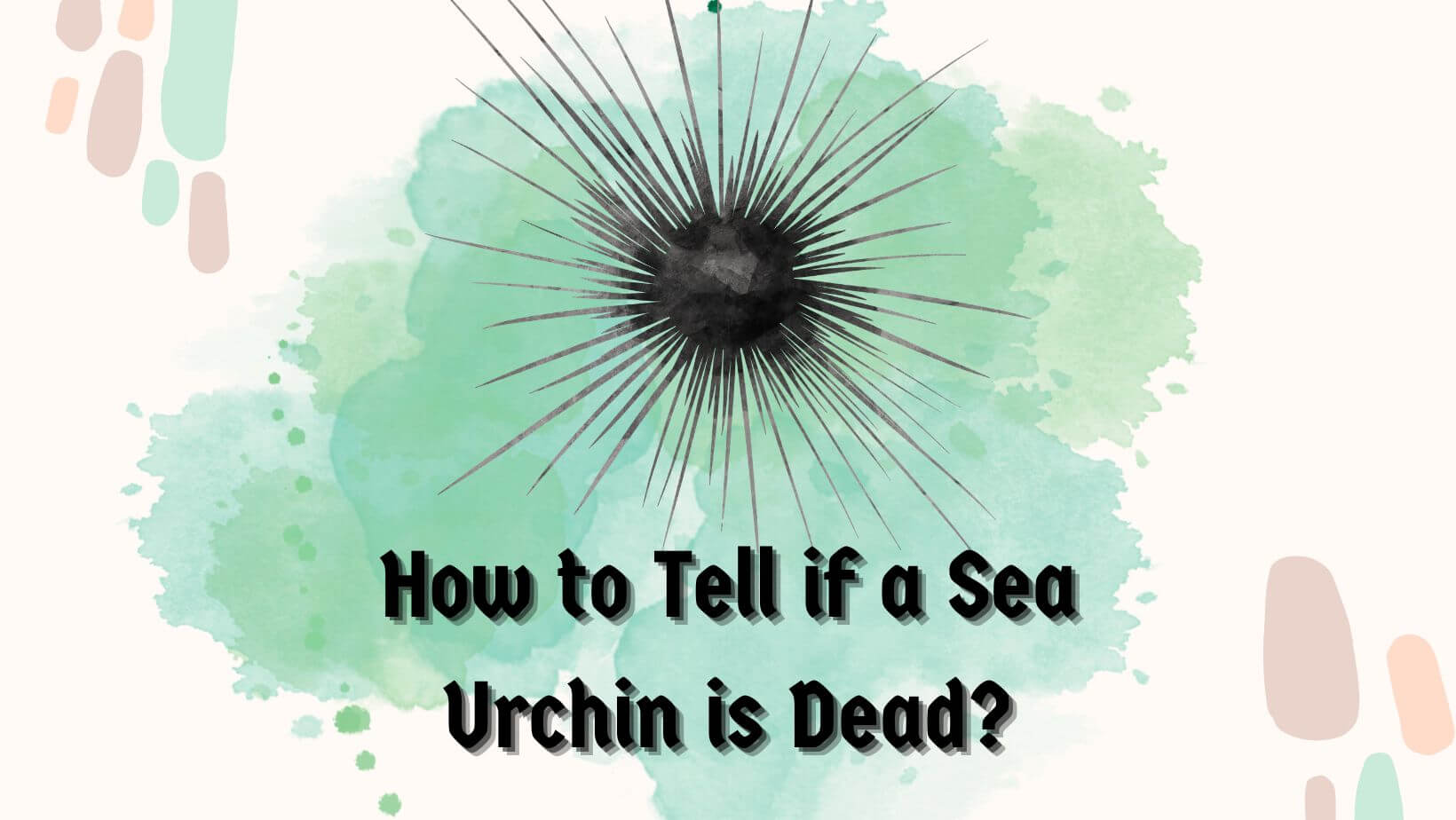
If you are wondering or looking to know ‘how to tell if a sea urchin is dead’ this article is for you. No doubt, sea urchins are fascinating creatures that play a crucial role in Marine biodiversity and in preventing the overgrowth of the algal community.
However, when it comes to knowing whether they are dead or not, it becomes quite confusing for many people.
It is also important to understand and identify whether sea urchins are alive or dead to understand the ecosystem’s health and ensure the accuracy of scientific observations.
In this article, I will tell you different signs and indicators that can help you determine whether a particular sea urchin is dead or alive. Therefore, read thoroughly & let’s find out whether the one you have encountered is yet alive or already dead. Let’s learn, How To Tell If A Sea of Urchins Is Dead?
Table of Contents
How To Tell If A Sea Urchin Is Dead

External Appearance
One of the primary visual cues that can help you identify whether a sea urchin is dead is its coloration. If the sea urchins look discolored, they can be dead.
However, there can be various patterns of discoloration that can provide you insights into the state of sea urchins. For example, if sea urchins exhibit a pale or bleached appearance, it can be a clear sign of death caused by prolonged exposure to sunlight or other stressors.
On the other hand, if you notice any black patches or dark spots on the surface of a particular sea urchin, it might suggest the composition is due to bacterial activity.
If this is the case, you should know that sea urchins go through distinct decomposing stages as they break down.
Initially, the sea urchins will show signs of mottling, where the patches of their body will turn mushy or disintegrate. As the decomposition progresses, the body releases a strong and unpleasant odor.
Movement and Response
If you have a couple of minutes, try to observe the movement and response of a sea urchin, which can help you determine its vitality. When there are external stimuli, alive sea urchins always display some responsiveness.
For instance, when they are gently prodded, alive sea urchins often react by retracting their spine or start moving their tube feet. However, if a particular sea urchin is already dead, it will exhibit little to no response when subjected to such stimuli.
Another great characteristic you should always pay attention to and must consider determining is sea urchin’s vitality is its lymph flexibility.
When a sea urchin is alive, the spines and the two feet tend to have a certain level of rigidity and resistance when touched. However, if the sea urchins are already dead, their limbs will become more flexible and lack the usual firmness they should have.
Smell and Texture
Like other creatures, dead creatures, sea urchins will also start to release an unpleasant odor like Dimethyl sulfide from its gonads as it starts to decompose. No doubt that the sense of smell can also help you provide valuable clues to determine whether the sea urchin you have encountered is dead or alive.
If you notice any found odor emanating from the sea urchins, it is already a strong indicator of decomposition. However, you should note that the scent also depends on the stage of decomposition as well as the specific organisms involved in the process.
If the sea urchins you have encountered release any putrid smell, it might suggest the presence of bacteria contributing to its breakdown.
On the other hand, texture changes can also help you identify dead sea urchins in the ocean. When a sea urchin is alive, it usually tends to have a firm & spiny exterior compared to the dead ones and may feel very soft or squishy.
This kind of texture change is often a result of tissue degradation and a breakdown of internal structures. If this is the case, you should throw it away as it has already decomposed.
Internal Examination
Another thing you can do to find out whether the sea urchins are alive is to examine their internal condition. Yes, internal conditions will provide you with further evidence of its mortality. To know more about their internal anatomy, read this: What’s Inside a Sea Urchin?
The primary indication of a dead sea urchin tends to be the detachment of the spine, whereas live ones will have their spines firmly attached to their bodies. Dead sea urchins usually lose them or miss a few of them due to predation or decomposition.
In addition, you can also investigate the gut condition of sea urchins, which will provide you insights into their vitality. If you find any abnormality in their gut, like a bloated appearance or discoloration, it might suggest that the sea urchin is already dead.
Other Indicators
Not only this, there are other indicators as well that you need to consider, like its tube feet movement, which is an important aspect that you must evaluate. If your sea urchin is alive, it will use its feet for locomotion and capturing food.
You should try to stimulate the sea urchins, and if you notice their tube feet not exhibiting any movement, it can indicate the sea urchins’ death. Live sea urchins tend to exhibit a vibrant color which usually becomes dull and faded in dead individuals.
Conclusion
You must accurately identify whether a particular sea urchin you have encountered is alive or dead to understand the Marine ecosystem and conduct any scientific research.
By observing this sea urchin’s external appearance, movement, smell, texture, internal conditions, and other indicators, you can make an informed determination of whether they are alive. Trust me; it’s not very hard to determine whether a sea urchin is alive or not.
One of the key indicators is their spines. It might be already dead if it lacks any spines or has no spines at all. In addition to this, sea urchins will have no movement or response to external stimuli after being touched.
After reading this article, I hope you will remember this indicator when reviewing these mysterious creatures underwater. If you find this article helpful and fun to read, share it.
Your share will help many people learn about the signs of dead sea urchins and maintain their integrity of scientific observations while contributing to understanding these captivating creatures.
Do check our other helpful guides on sea urchins’ facts and benefits. See you in the next post, till then, take care and goodbye.

